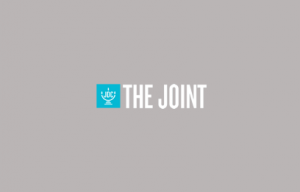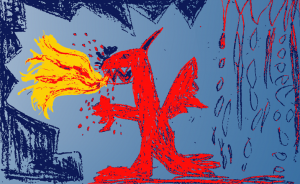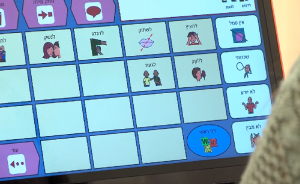Goals:
To mobilize children and youth and families living in distressed neighborhoods to push their communities, municipalities, and government to take action to improve these locations.
To reinforce the concept that residents can bring about long-term, meaningful positive change in their neighborhoods.
The Need:
Growing distress in poor neighborhoods in the geographic and social periphery is reflected in socioeconomic data, level of education, and levels of unemployment. Crime rates in such neighborhoods are almost double that of those in the rest of the population. Accumulated experience shows that only a comprehensive approach by the government in cooperation with local residents can lead to meaningful change.
Target Population:
All residents of a given neighborhood including children, teenagers, and parents. Professionals working in the community and municipality.
Activities:
- Voice of the residents: locating, recruiting and training activists and leaders who will plan and implement the program; encouraging social initiatives; widening the circle of volunteers; pooling resources
- Answers for children and youth: expanding and improving existing services; mapping needs; creating, developing and customizing new services to meet the community’s needs; developing continuity between formal and informal education from birth to age 18; stimulating and supporting parental involvement
- Interdisciplinary structure: Investing in professional training; appointing a neighborhood coordinator to organize the response among various participants; recruiting teams from across various fields (formal and informal education, welfare, health, etc.)





